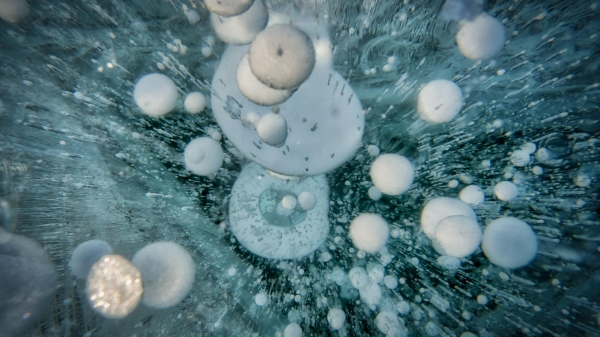A vast amount of the powerful greenhouse gas is sequestered as frozen crystals in the world’s oceans. Of great concern among experts is the growing risk that, as the Earth warms and ocean temperatures rise, these highly disruptive, potent greenhouse gases will ‘flee’ their frozen confinement.
To understand the stability of these crystalline hydrocarbon deposits, Ryan Hartman, associate professor of Chemical and Biomolecular Engineering at the NYU Tandon School of Engineering and Carolyn Koh of the Colorado School of Mines are launching an investigation into how this “fire ice” forms within a medium of sedimentary mineral deposits and remains in solid form under specific pressures and temperatures.
The work, "Kinetics of Gas Hydrate Crystallization and Dissociation in Tailored Confined Media" will focus on the structurally idiosyncratic formation of gas clathrate hydrates, the crystalline lattices of hydrogen-bonded water molecules that encapsulate small hydrocarbon (gas) molecules such as methane. The research is supported by a highly competitive, three-year, $975,000 grant from the U.S. Department of Energy - Office of Science.
Continue reading at New York University
Image via New York University


